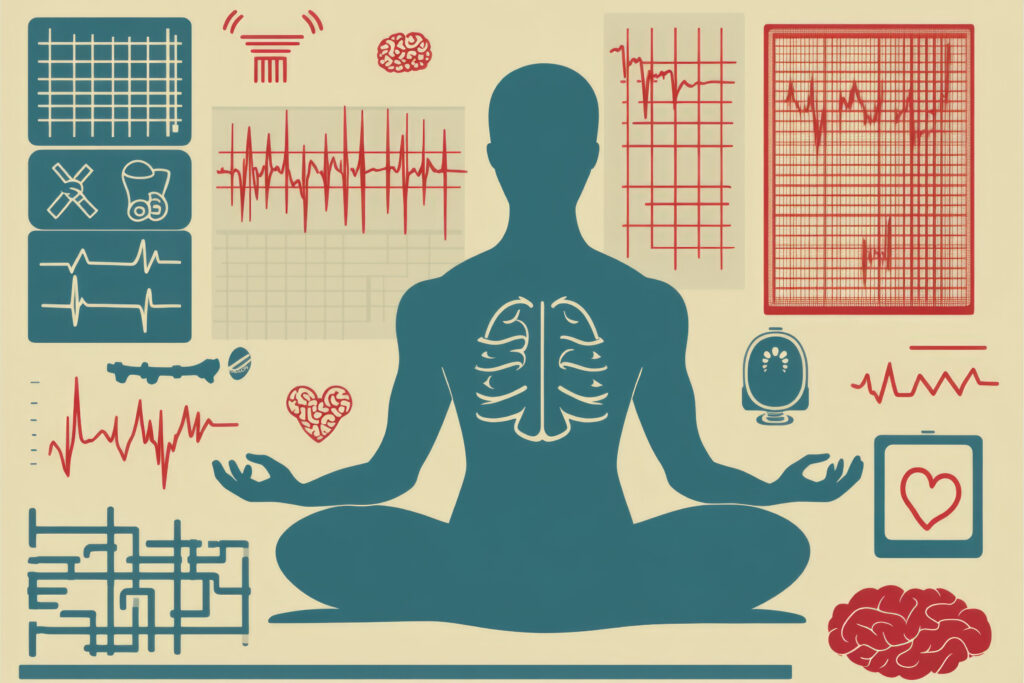In recent years, the ease of travel has given way to a vibrant intersection of health and exploration, followed by the rise of two major and sought after forms of travel: wellness tourism and medical tourism. While both sectors offer travellers a chance to improve their personal wellbeing, they represent fundamentally different approaches to health and wellbeing. As these sectors continue to grow and evolve, understanding their nuances and differences become essential
Wellness tourism is regarded as one of the fastest growing tourism sectors worldwide and is defined by the Global Wellness Institute as “travel associated with the pursuit of maintaining or enhancing one’s personal wellbeing.” Medical tourism, on the other hand, is tied to poor physical health, injury and illness, of which the allopathic and pharmaceutical industry treats. However, even in these definitions, the lines between medical and wellness tourism can remain blurred in the eyes of those who are not intricately familiar with these sectors.
The titles of these separate sectors are often used interchangeably as a result of the confusion as to what each fundamentally entails. This confusion also manifests at a higher level in terms of the way these destinations and facilities are commercially marketed by businesses and local infrastructure. The concept of ‘health tourism’ has also emerged as an umbrella term to encompass the integration of tourism and health, thus covering both the medical and wellness tourism sectors. The key fundamental difference between these avenues of tourism are the driving forces. Wellness tourism is proactive and medical tourism is reactive in many instances. Because of this, the role and positioning of travel and tourism, a common denominator in each of these industries, vastly differs.
The wellness tourism industry is estimated to reach the value of around $1 trillion in 2024, following a $720 billion estimate in 2019. This growth is associated with an increased focus on the integration of physical, mental, emotional and spiritual wellbeing under contemporary lifestyle models. This suggests that the wellness tourism industry will likely maintain a higher growth/expansion rate than medical tourism, which is determined by physical ailments and conditions alone, rather than a mental desire and interest in holistic health. The wellness tourism sector includes industries focused on nutrition/health/weight-loss, mental health, physical activities, retreats and spiritual journeys etc., and is so much more than just spas.
While medical and wellness tourism may serve different purposes, they share several key similarities that make them appealing to travellers seeking a diverse range of health-related benefits. Both sectors prioritise the pursuit of improved health and wellbeing, albeit under different circumstances.
Firstly, in terms of overlap, both types of tourism most often take place in destinations renowned for their healthcare facilities and offerings, establishing an environment that fosters healing and relaxation that is generally not present ‘at home.’ Whether travellers seek cutting-edge medical treatments or holistic wellness experiences, they most often find themselves in idyllic locations that have a somewhat positive influence on their journey. Secondly, both sectors emphasise the importance of individualised care. Medical tourists often benefit from tailored treatment plans designed by skilled medical professionals and wellness tourists can customise their experiences with a focus on personal goals, such as stress reduction or fitness.
Moreover, both medical and wellness tourism encourage a break from the routine of daily life, allowing individuals to immerse themselves in new environments that promote recovery and rejuvenation.
The nuances between these two distinguished industries make them more different than alike. It becomes increasingly important to understand the fundamental differentiation between medical practices and holistic wellness in their simplest and rawest forms, without the consideration of tourism and travel. The blur is mostly attributed to wellness rather than medical practices, as the holistic nature of wellness embraces a metaphysical approach in comparison to the conventional world of medical practice.
Medical practices focus on diagnosing and treating specific health conditions or ailments using evidence-based interventions, often involving surgery, medications or specialised therapies. These practices generally embrace traditional methods and approaches, where the primary goal is to alleviate symptoms, cure disease and restore physical health. The rising costs of medical care often dictates the exploration of medical travel opportunities.
In contrast, holistic wellness emphasises a comprehensive approach to wellbeing, considering the interconnectedness of the mind, body and spirit. It promotes preventative measures and lifestyle changes regarding nutrition, exercise and mindfulness, to enhance one’s overall quality of life. While medical approaches most often address health issues as they arise, holistic wellness encourages proactive strategies that foster balance and long-term health maintenance, with an emphasis on prevention. By prioritising self-care and preventative measures, wellness tourism encourages a lifestyle that fosters balance and vitality. As opposed to conventional medical practices, holistic wellness practices often, but not always, involve or draw on indigenous healing practices, ancient spiritual traditions and alternative or experimental medicines. Therefore, whereas medical tourism is mostly impacted by facilities, finance and the presence of skilled professionals, wellness tourism is often influenced by the environment, culture and the history of particular destinations.
Medical tourism is reactive in the context of affordability and accessibility, where people travel to receive treatments that are substantially less expensive in other regions, or to receive treatments that are not available near them. This significantly reduces the emphasis on the interest in tourism, as the aspect of travel can be viewed as fundamentally essential to obtain medical treatments and is not necessarily a desired element of the procedure. Urgency also varies. The need to travel frequently exists for imminent intervention and the need to travel is often less pressing for an elective surgery. The travel is still likely to be based on the intervention rather than a direct interest in the travel aspect.
In contrast, wellness tourism is proactive in the context of designing and implementing a healthy and conscious lifestyle, disease prevention, mental wellbeing and stress reduction. Accessibility may influence the pursuit of wellness, but the aspect of travel typically has a greater desirability and is considered as an integral element of the wellness experience. This is cemented by a change of scenery, temporarily moving away from usual routines and immediate environmental, home and work influences.
In conclusion, while medical and wellness tourism may seem similar at first glance, they cater to unique needs and specific desired outcomes. As the motivation between each vary, the involvement of tourism in each sector therefore differs in the context of the desire and interest in the travel and tourism variables. Understanding these differences allows individuals to make informed decisions about their health journeys. Whether seeking a transformative medical procedure or a serene retreat to recharge, both avenues provide valuable opportunities for personal growth and healing. Ultimately, both forms of travel underscore the universal desire for improved health.



